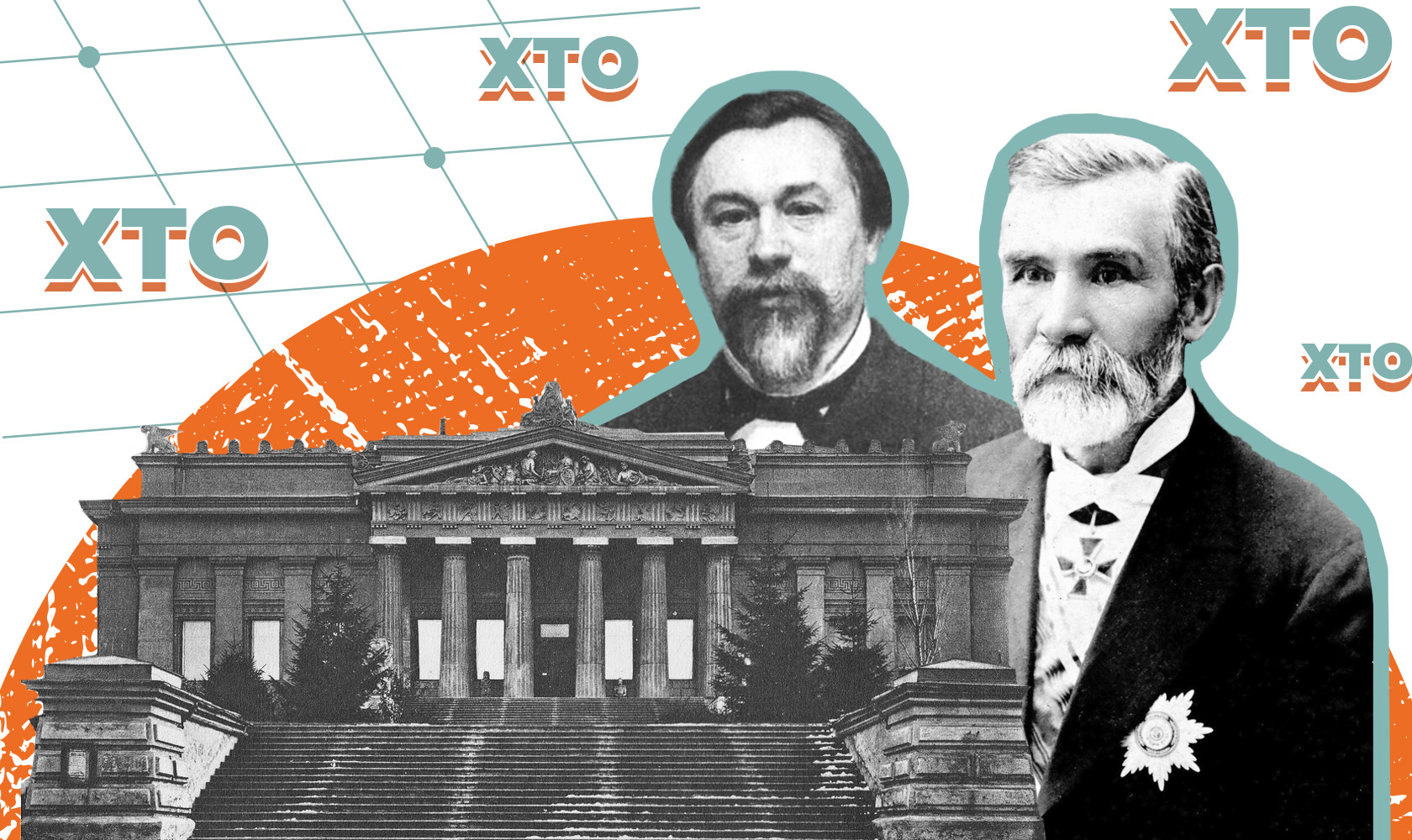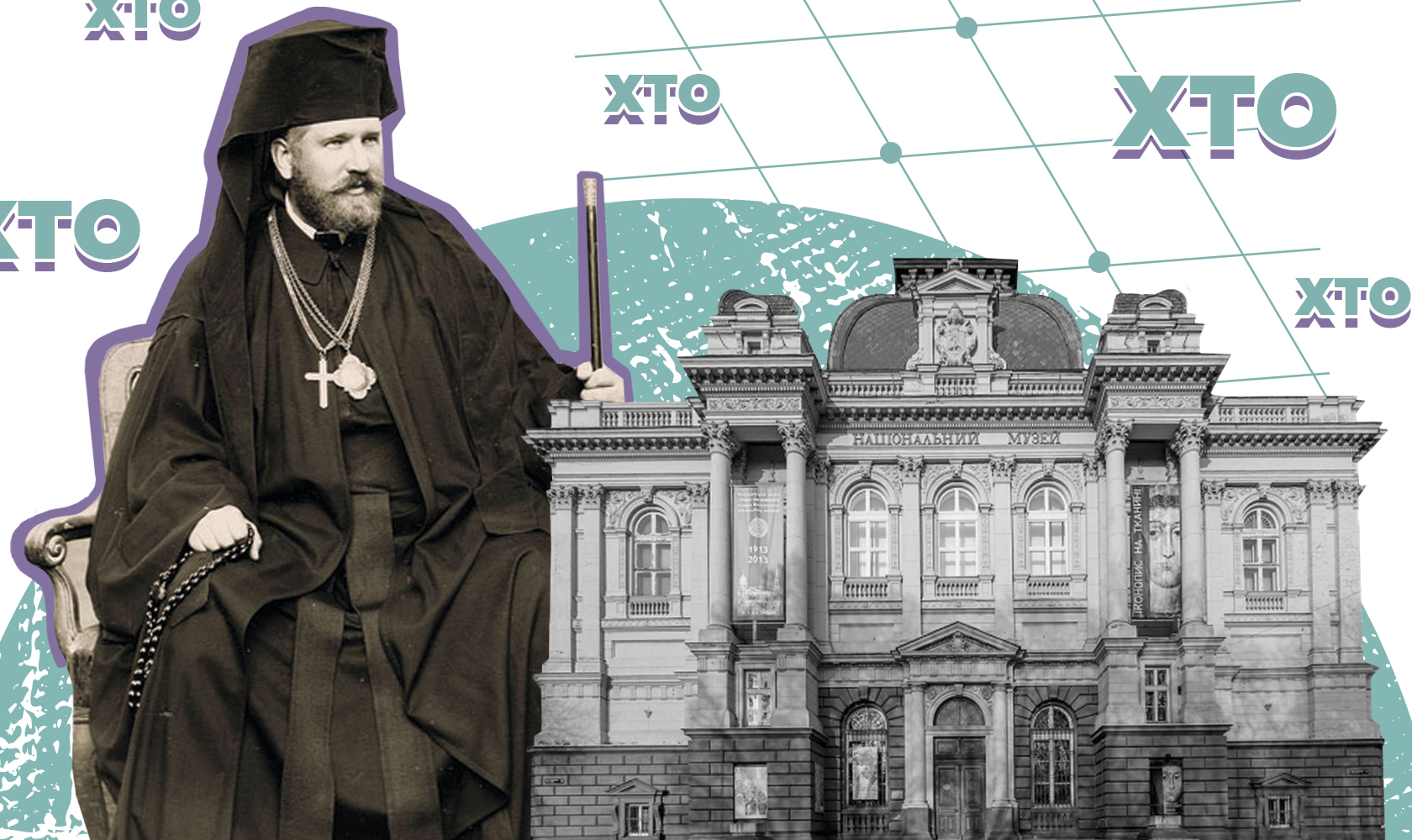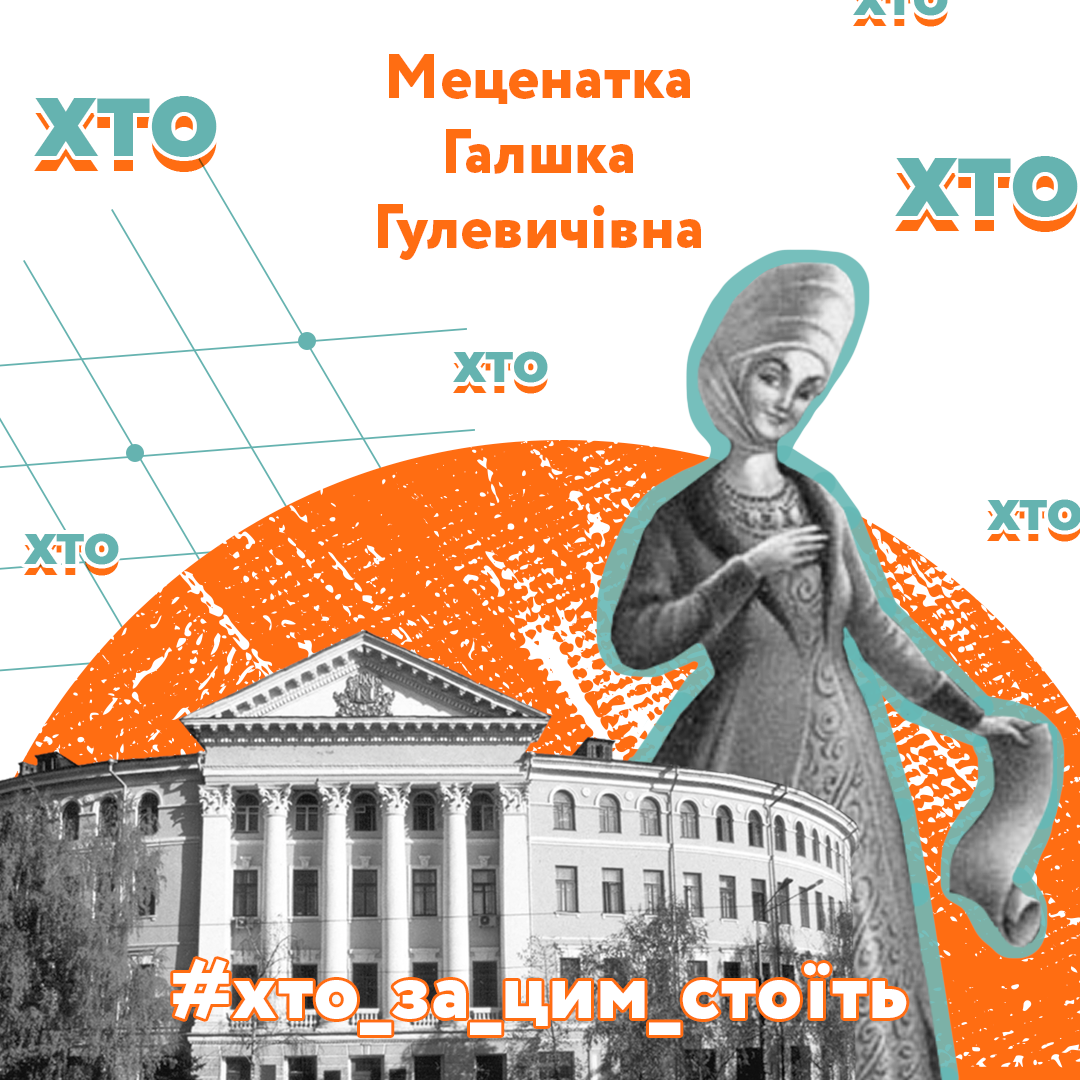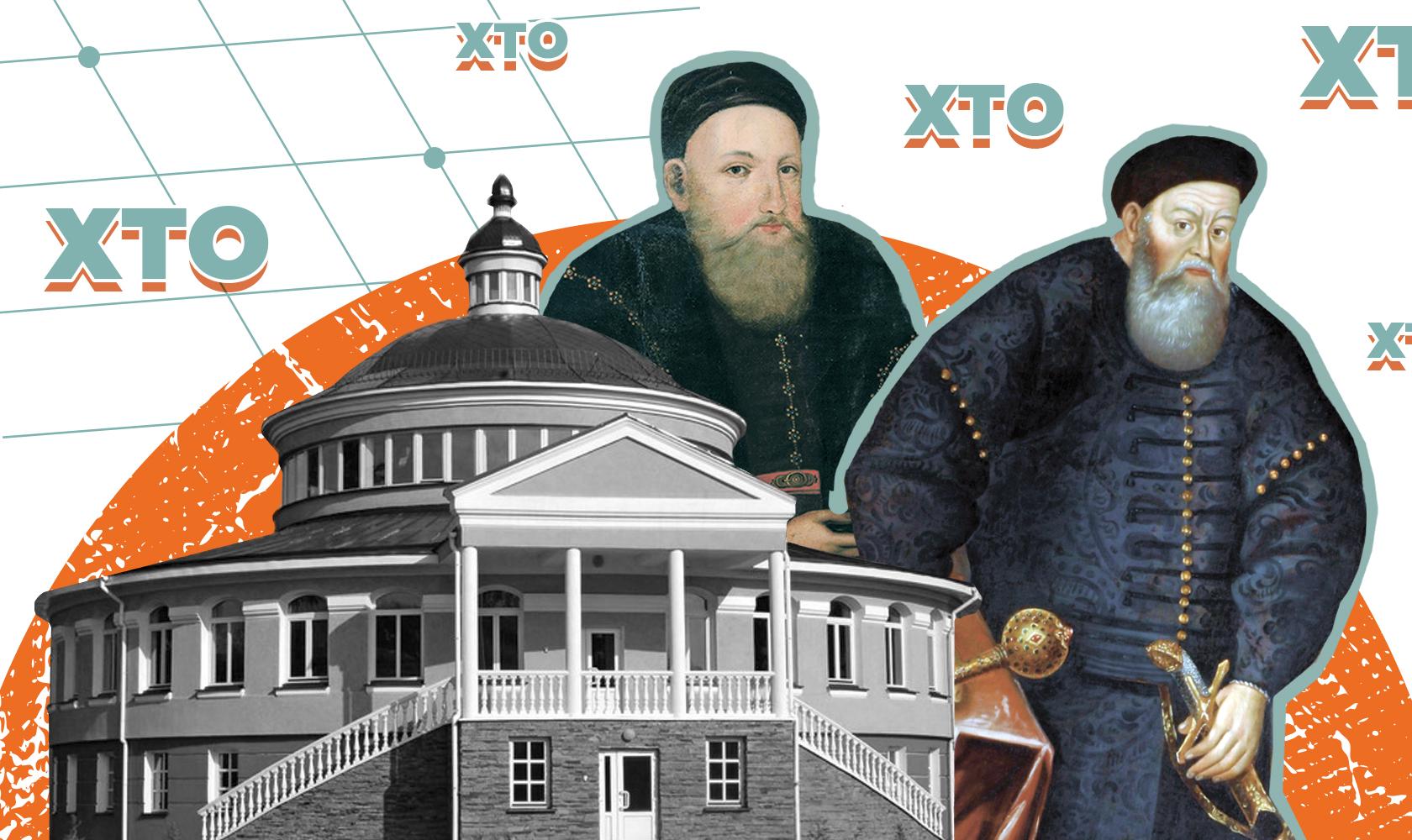In his youth, Mykola Tereshchenko had no money for good education, yet in several decades, he became one of the richest entrepreneurs in Russian Empire. The keys to success were the hard work and the development of entrepreneurial talent.
Having earned large fortunes, the Tereshchenko family did not skimp on donations. On the contrary, they became one of the largest Ukrainian patrons at the turn of the 19th and 20th centuries. The family patriarch Artemiy commanded his sons to spend at least 80 percent of their profits for the benefit of society. Even the family coat of arms had the motto “The pursuit of public benefit.”
Sugar business
The secret of the huge sugar empire of the Tereshchenkos is hard work and entrepreneurial skills of Artemiy Tereshchenko and his eldest son Mykola.
Artemiy Tereshchenko was born in 1794 into an impoverished family of Cossack origin. In his youth, he served in the army and worked as a clerk in a merchant’s shop. The man had a good entrepreneurial talent (for which he was nicknamed “Karbovanets” from a young age) and gradually earned a small fortune from his small business in Hlukhiv.
His family had three sons – Mykola, Fedir and Semen. The boys’ youth was rather poor – according to Mykola’s recollections, there was barely enough money to pay for tuition at Hlukhiv College.
In adulthood, Mykola became the right hand of his father and co-creator of family wealth. Together with his family, he was engaged in trade – Tereshchenko brought bread to Crimea, and from there supplied salt and fish to Sumy region.
But the first really big capital they gained during the Crimean War of 1853-1856. Thanks to a good business reputation and experience in trade (today we would call it the logistics of food supply to the south), Tereshchenko received a large government order to provide the army with bread and firewood. At the same time, they began to engage in sugar business: in 1855, they built the first factory in Hlukhiv.
A clever step
The agrarian reform of 1861 contributed to increasing family wealth. After the abolition of serfdom and other social changes, many landowners did not have time to adapt to new conditions and were forced to sell or rent their own land for little money. Tereshchenkos skillfully took advantage of this – they bought or rented estates with obsolete sugar factories and set up efficient production there.
Over the decades, the family has run more than a dozen sugar factories. In 1870, Mykola and his brother Fedir founded the Tereshchenko Brothers Sugar and Refinery Company with an initial capital of three million rubles. This amount gradually increased and by 1900 had almost tripled.
By the end of the century, Tereshchenko’s factories produced about 10 percent of all sugar in the Russian Empire. The family also invested in salt mines and land ownership: at certain time, they owned more than 160,000 hectares of land.
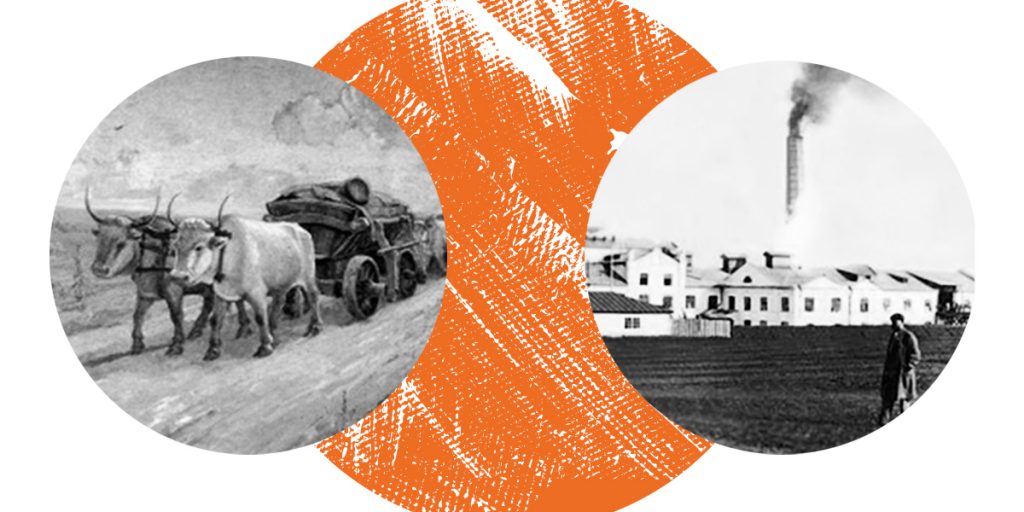
Patron in power
The Tereshchenko’s charity began in Hlukhiv, a city that had long been their “ancestral home.” At the age of 31, Mykola Tereshchenko became the city’s senior mayor and held the post for 9 years, then served as mayor for another 14 years. According to researchers, the patron donated about 1.5 million rubles for the development of Hlukhiv – a few tens of millions of dollars in modern money.
Tereshchenko built a craft school in the city, two high schools/gymnasiums (for boys and for girls), an institute for teachers, and a building for local bank. The Anastasiy Church and an orphanage were also built at their expense.
In 1879, Mykola and his brothers founded the hospital of St. Euphrosyne in the city, and they allocated two percent of their annual profit to maintain it. The family continued to spend a lot of money on Hlukhiv development, even after they stopped living there permanently.
The way to Kyiv
In the 1870s, Mykola and part of the family moved to Kyiv, where they also became prominent figures of local community and major donors. Today, there are many buildings and institutions in the city that could not have appeared without the support of the Tereshchenkos.
In particular, thanks to Mykola Tereshchenko, the 5th men’s Gymnasium (today the National Transport University is located in its building) and the city’s exemplary primary school (now the building on Yaroslaviv Val belongs to the Karpenko-Karyi Kyiv National University of Theater, Film and Television) were built. Tereshchenko spent approximately one million rubles on the construction of the gymnasium, and about 450,000 rubles to support the school (he shared these costs with his son Oleksandr).
Mykola Tereshchenko and his family also donated significant amount of money for the construction of the buildings of Kyiv Polytechnic Institute and the Kyiv Art, Industry and Science Museum, which now houses the National Art Museum of Ukraine. In addition to supporting education and cultural institutions, Tereshchenko helped address everyday problems, for example, by building a shelter in Bessarabka.
Contribution to art
Many members of the Tereshchenko family had private collections, but the largest belonged to Fedir, Mykola’s brother.
Fedir was systematically engaged in collecting and arranging an art gallery, which he opened to all Kyiv residents.
According to the Deputy Director of the Khanenko Museum, Fedir Tereshchenko “was the first collection owner [in Kyiv] to open the doors of a rich private art gallery to the general public.”
Mykola Tereshchenko’s son Ivan also had a large collection and ambitious artistic plans. According to artist Mykola Murashko, Ivan Tereshchenko wanted to become for Kyiv what Tretyakov was for Moscow. Due to his early death, he did not have time to implement everything he had planned, but it was thanks to his support that the first art education institution appeared in Kyiv – it was Kyiv Drawing School of Murashko.
Varvara Khanenko was the eldest daughter of Mykola Tereshchenko’s family. Together with her husband Bohdan, she created a unique private collection, which formed the basis of the Khanenko Art Museum.
The fate of the family
На початку 20 століття, після смерти Миколи Артемійовича, Терещенки продовжували бути одною з найбагатших українських сімей. Найвідомішими молодшими представниками роду є внук патріарха родини Михайло Терещенко — Міністр фінансів і закордонних справ у Тимчасовому уряді у 1917 році; а також Федір Федорович Терещенко — відомий авіаконструктор.
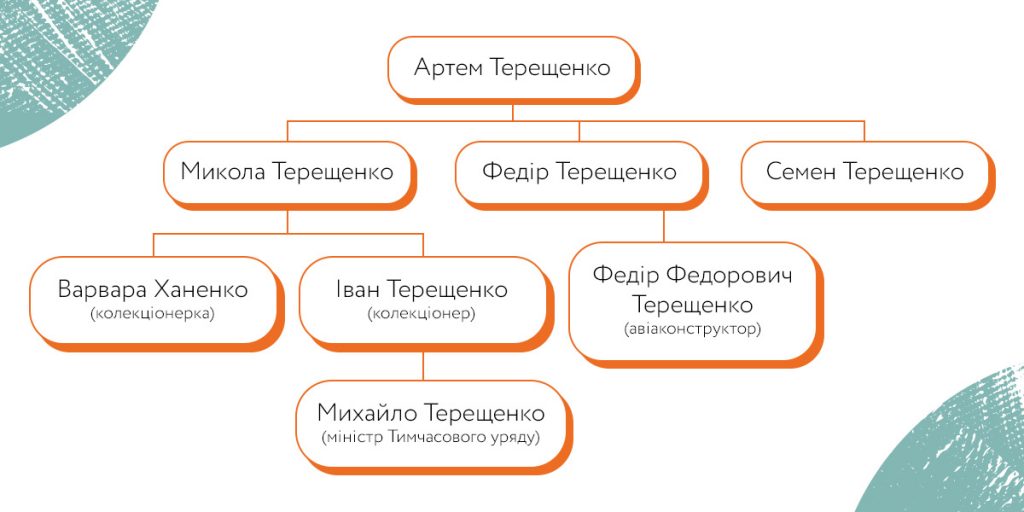
Mykola Tereshenko, Fedir Tereshchenko, Semen Tereshchenko
Varvara Khanenko (art collector), Ivan Tereshchenko
(art collector), Fedir Tereshchenko (aircraft designer)
Mykhailo Tereshchenko (Minister of Provisional Government)
During World War I, the Tereshchenkos developed vigorous charitable activities. At their own expense, they built hospitals (for example, six hospitals were maintained only in Kyiv), financed the production of medical supplies, and organized courses in patient care.
However, in a few years there was no place left for an influential and rich Tereshchenko family in Ukraine. With Soviet rule coming in 1919, the Tereshchenkos, wealthy entrepreneurs whom the new regime did not like, had to emigrate, leaving behind an artistic legacy and the fame of prominent patrons.
The campaign about Ukrainian benefactors “Who Stands behind this?” is created by Zagoriy Foundation in partnership with bit.ua. The material on the partner resource is posted at the link.

